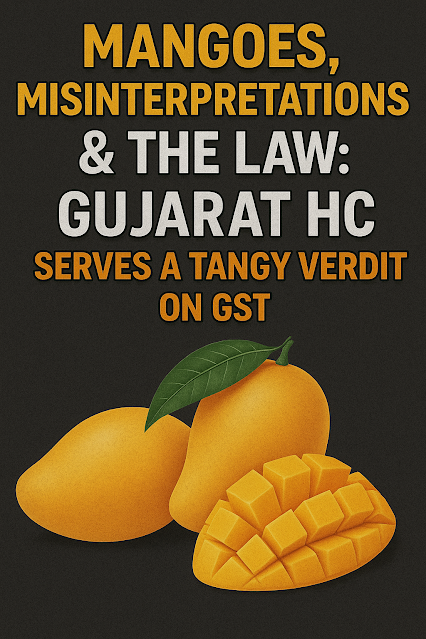🏛️ Historic Milestone for
Uttar Pradesh
In a major
achievement, Uttar Pradesh (UP) has become the leading state in India
in terms of the total number of active GST (Goods and Services Tax)
registrations, according to the Central Board of Indirect Taxes and
Customs (CBIC).
- This milestone highlights the growing
formalization of UP's economy, robust tax infrastructure, and
the state’s digital governance efforts.
📊 Key Figures &
Highlights
- UP has surpassed all other states including
traditionally dominant ones like Maharashtra, Tamil Nadu,
and Gujarat.
- The state has recorded over 27.5 lakh (2.75
million) active GST registrations.
- UP now contributes a significant share of
India's total indirect tax base.
📍 Noida: The Crown Jewel
of GST Compliance in UP
Among all 75 districts in UP:
- Gautam Buddh Nagar (Noida) ranks #1
in the state in terms of active GST registrations.
- Noida has become a model city for tax
compliance due to:
- High density of industries and IT firms
- Large number of startups and MSMEs
- Presence of e-commerce and logistics hubs
- Followed by: Ghaziabad, Lucknow, Kanpur,
and Varanasi in terms of registration numbers.
🚀 Reasons Behind Uttar
Pradesh’s Exceptional Performance
1. Digital Transformation and e-Governance
- The GST portal has made it easy to register,
file returns, and pay taxes online.
- UP has invested in taxpayer facilitation centres,
e-filing support, and mobile-based alerts.
2. Government Campaigns and Awareness Drives
- Regular outreach programmes by the GST
Department educated traders, shopkeepers, and small manufacturers about
the benefits of registering under GST.
- Workshops held in rural and semi-urban areas
increased penetration in Tier 2 and Tier 3 towns.
3. Stringent Enforcement & Anti-Fraud Measures
- Simultaneously, investigations were launched
to detect bogus GST registrations, shell companies, and fraudulent
ITC (Input Tax Credit) claims.
- District-wise teams conducted field inspections,
verification drives, and physical site checks.
4. Increased Business Formalization
- The rise in GST registrations aligns with:
- Growth in Udyam-registered MSMEs
- Start-up activity across urban centres like
Noida and Lucknow
- Mandatory GST requirement for vendors
supplying to big retailers, Amazon/Flipkart, and the government
🔍 Vigilance Against Fake
Firms
Officials have warned that a spike in registrations also
brings risk:
- In high-density districts like Noida, Ghaziabad,
and Agra, many firms were flagged for possible fraudulent GST
activities, especially involving bogus ITC claims.
- Actions taken include:
- Suspending and cancelling GSTINs with
unverifiable addresses
- Blacklisting dealers under section 29 of
the CGST Act
- Cross-matching invoice data with e-way bills
and bank records
💬 What Officials Are
Saying
A senior GST officer (quoted
anonymously) stated:
"Uttar Pradesh’s leadership
in GST registrations is a testament to its growing digital adoption and
business ecosystem. We aim to balance growth with rigorous compliance."
They also
emphasized that this trend not only reflects formalization but also builds
a strong tax base to fund state infrastructure and services.
🔄 How This Impacts the
Economy
|
Impact Area |
Positive Effect |
|
Tax Revenue |
Higher and more predictable GST collections |
|
MSME Growth |
Easier access to credit, tenders, and B2B trade |
|
Compliance Culture |
Stronger habit of tax filing and digital billing |
|
Data Transparency |
Better insight into regional and sectoral trends |
📌 Conclusion
UP's rise to
the top of the national GST registration chart is a significant
administrative and economic achievement. Noida, as the leader within the
state, reflects how urban-industrial ecosystems can foster tax
compliance when combined with digital tools and regulatory pressure.
This trend
could serve as a blueprint for other states, especially those aiming to formalize
their unorganized sectors and expand their revenue base.













